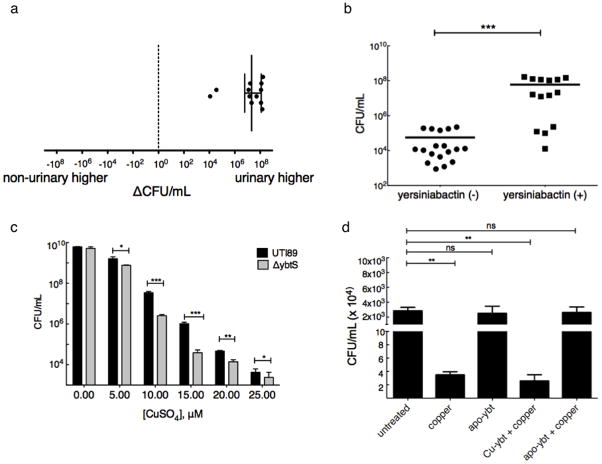Figure 3. Yersiniabactin promotes E. coli growth in copper-toxic conditions.
Urinary and non-urinary E. coli isolates from a UTI patient population were cultured in the presence of 10 μM copper (II) sulfate for 18 hours. Growth was determined and expressed as total CFU/mL. (a) Urinary strains demonstrate greater resistance to copper toxicity than coexisting rectal strains. For each patient, CFU/mL from the non-urinary strain was subtracted from CFU/mL from the coincident urinary strain to yield a difference. In the four patients from whom multiple coincident urinary and non-urinary strains were recovered, the mean difference in colony forming units is reported. The median value of these differences was 2.11 x 107 CFU/mL, with a range of −5.4 x 103 to 1.66 x 108. (b) Yersiniabactin-expressors were more resistant to copper toxicity than non-expressors (p<0.0013). These results were confirmed in three independent experiments. (c) Yersiniabactin-expressor (UTI89) and non-expressor (UTI89ΔybtS) cultures treated with 0–25 μM copper (II) sulfate revealed an average of ten-fold survival advantage for the yersiniabactin expressor (p-value = 0.012, 0.0004, 0.009, 0.002 and 0.023, respectively, t-test). (d) Purified apo-yersiniabactin or Cu(II)-Ybt was added in 1.5-fold molar excess over 10 μM copper (II) sulfate to yersiniabactin-deficient (UTI89ΔybtS) culture. Samples containing copper alone demonstrated a >3 log CFU/mL decrease in viability. Apo-yersiniabactin (apo-Ybt) addition restores growth to untreated wild type levels (p = ns). This cytoprotective effect is unique to apo-yersiniabactin, and is not observed upon addition of pre-formed Cu(II)-Ybt. These results were confirmed in three independent experiments.

